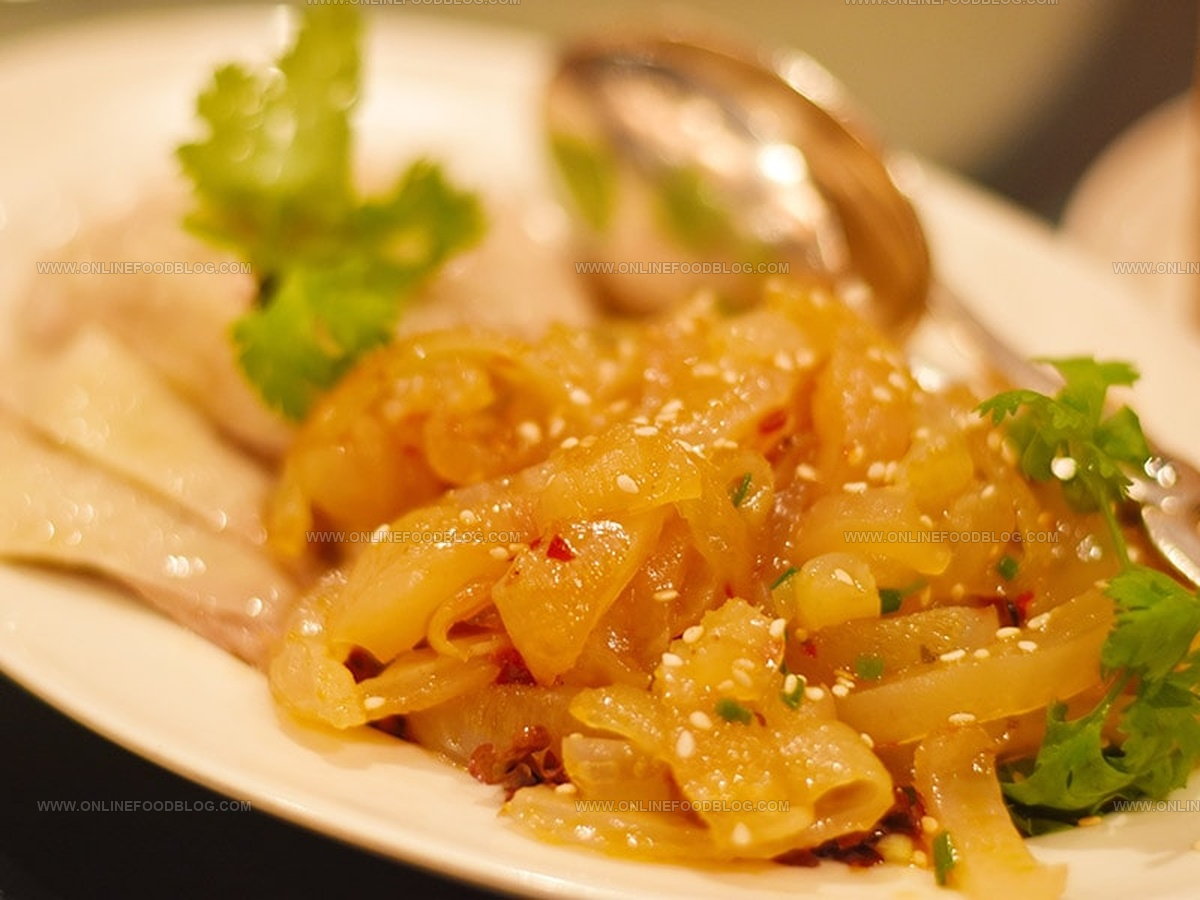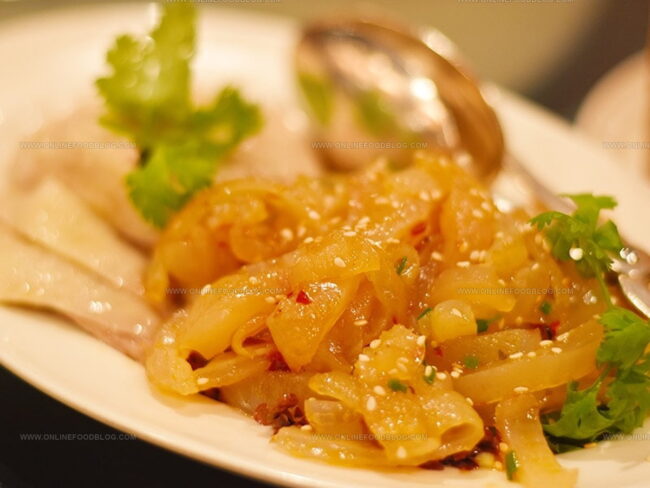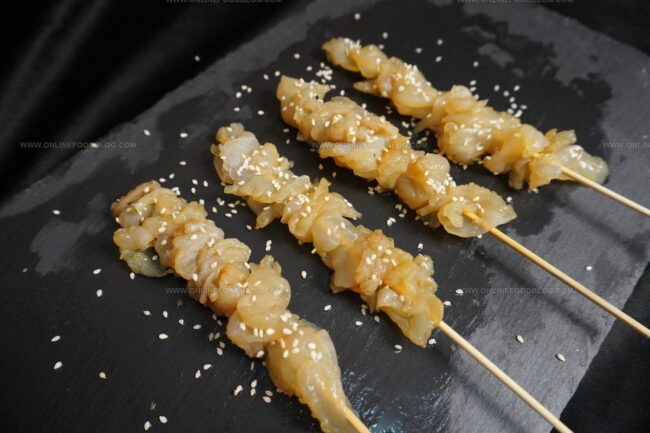What Does Jellyfish Taste Like? Dive Into This Ocean Wonder
Jellyfish cuisine might sound strange to many seafood enthusiasts, but this unique marine delicacy has intrigued culinary adventurers worldwide.
Gelatinous creatures float through oceans with mysterious appeal, sparking curiosity about their potential as a food source.
Some cultures have long incorporated jellyfish into traditional dishes, transforming these translucent marine organisms into surprisingly versatile ingredients.
The texture and preparation methods can dramatically influence how these sea creatures present themselves on a plate.
Nutritionists and food experts have fascinating perspectives on jellyfish consumption that go beyond mere taste.
Cultural differences play a significant role in how people perceive and enjoy this unconventional seafood option.
Understanding the nuances of jellyfish as a culinary experience requires diving deeper into its preparation, cultural significance, and potential health benefits.
Are you ready to unravel the delicious secrets behind this extraordinary marine delicacy?
What Is Jellyfish?
Jellyfish are soft, bell-shaped sea animals that drift through salty ocean waters and sometimes live in freshwater.
They eat tiny sea life like plankton and small fish, and sometimes share their home with green algae that helps feed them.
Jellyfish move by squeezing their bodies, but most of the time, ocean currents carry them along.
They have long, often stinging tentacles used to catch food, and they come in many sizes, from small as a finger to larger than a person.
Only a handful of jellyfish species are safe to eat, and they must be carefully cleaned and prepared to make sure they’re safe for people.
The Flavor of Jellyfish
Jellyfish flavor challenges description.
Hints of saltiness emerge, with larger white varieties carrying a sharp bite.
Mostly, jellyfish remains mild and easily absorbs surrounding flavors during cooking.
Newcomers might find the taste unusual at first.
Fresh jellyfish offers a unique experience compared to dried versions.
Delicate notes dance softly, complemented by a subtle saltiness and distinct chewy quality that catches attention.
Dried jellyfish appears more rigid initially.
One bite reveals surprising softness, melting gently across the tongue with unexpected smoothness.
Texture shifts from firm to tender, creating an intriguing sensory journey for curious eaters.
Jellyfish Processing Methods and Taste Differences
Jellyfish need special handling before they’re ready to eat, and the way they’re prepared changes their taste and texture.
Most edible jellyfish are cleaned, sliced, and soaked in salt and alum to remove water and keep them crisp.
Some are pressed or dried, which gives them a chewy, firm bite.
After processing, jellyfish don’t have much flavor of their own, they’re mild, slightly salty, and sometimes pick up the taste of the seasonings or dressings used in recipes.
The texture is what stands out most: good jellyfish should feel crunchy and refreshing, not slimy or tough.
Different processing steps, like extra drying or more salt, can make them firmer or softer, so each batch can taste a little different.
Cooking Directions
Nutrition Value of Jelly Fish
Jellyfish offers surprising health benefits despite its low calorie count. This sea creature contains important nutrients like proteins, antioxidants, and minerals.
Research shows 58 grams of dried Jellyfish includes:
Small amounts of collagen, phosphate, magnesium, and calcium also exist in Jellyfish. Scientific evidence clearly demonstrates multiple health advantages from this marine ingredient.
Selenium and choline in Jellyfish can help reduce risks of serious health problems. Specific conditions that might improve include heart disease, anxiety, certain cancers, and thyroid issues.
Skin health can benefit from Jellyfish consumption. Collagen within this marine source supports cell regeneration and skin repair.
Cosmetic industries recognize Jellyfish's value because of its natural collagen content. Manufacturers frequently incorporate this ingredient in skin care products.
Why Eat Jellyfish?
Medical experts in Japan notice something interesting: cardiovascular issues remain low where citizens consume significant amounts of edible jellyfish. Research suggests omega-3 fatty acids might explain this health trend.
Scientists have known for decades that omega-3 supports healthy blood circulation and heart function.
Can Vegans Eat Jellyfish?
Vegetarians can safely enjoy this dish without health concerns.
Cholesterol and fat levels remain extremely low.
Some individuals avoid fish due to high mercury content.
Choosing frozen jellyfish after harvest reduces risks associated with marine products.
Frozen options create a safer eating experience compared to fresh-caught selections.
The quick-freezing process minimizes potential harmful substances that might exist in recently caught seafood.
Is Jellyfish Crunchy to Eat?
Jellyfish meat might seem tough and tricky to eat at first.
When cooked through frying or boiling, the texture changes completely and becomes much easier to chew.
Surprisingly, its taste turns out to be quite enjoyable despite looking unusual.
Jellyfish Texture Details
Jellyfish cooking time directly affects its meat texture.
Newer types stay firmer and contain more protein, making them harder to chew.
Older jellyfish become softer and less flavorful over time.
Jellyfish meat feels weird but some enjoy its taste.
Washing hands carefully matters before eating this sea creature.
Proper cooking prevents mouth stings and ensures safe eating.
Cautious diners should consider their comfort level with such an unusual meal.
Brave eaters might appreciate its unique qualities while others could find it too challenging.
Can You Eat Jellyfish Raw?
Raw Jellyfish makes for an edible delicacy.
Some dishes like salads feature jellyfish in its uncooked state.
Jellyfish carries a light, refreshing flavor with salty undertones.
Mild enough that some might call it bland, jellyfish works wonderfully as a blank canvas for marinades and seasonings.
Its natural ability to absorb surrounding flavors means cooks can easily enhance its taste profile by mixing in different ingredients.







Mia Reynolds
Food Writer & Home Cooking Specialist
Expertise
Easy Home Baking, Recipe Writing and Storytelling, Local and Seasonal Ingredients, Baking for Beginners
Education
New England Culinary Institute (NECI), Montpelier, Vermont
Community College of Vermont, Winooski, Vermont
Mia Reynolds fell in love with baking as a teenager experimenting in her family kitchen. Her passion took her to New England Culinary Institute, where she learned practical pastry techniques, and later to Community College of Vermont to deepen her understanding of food management.
Mia combines clear, simple baking instructions with heartwarming stories, making home baking approachable for everyone.